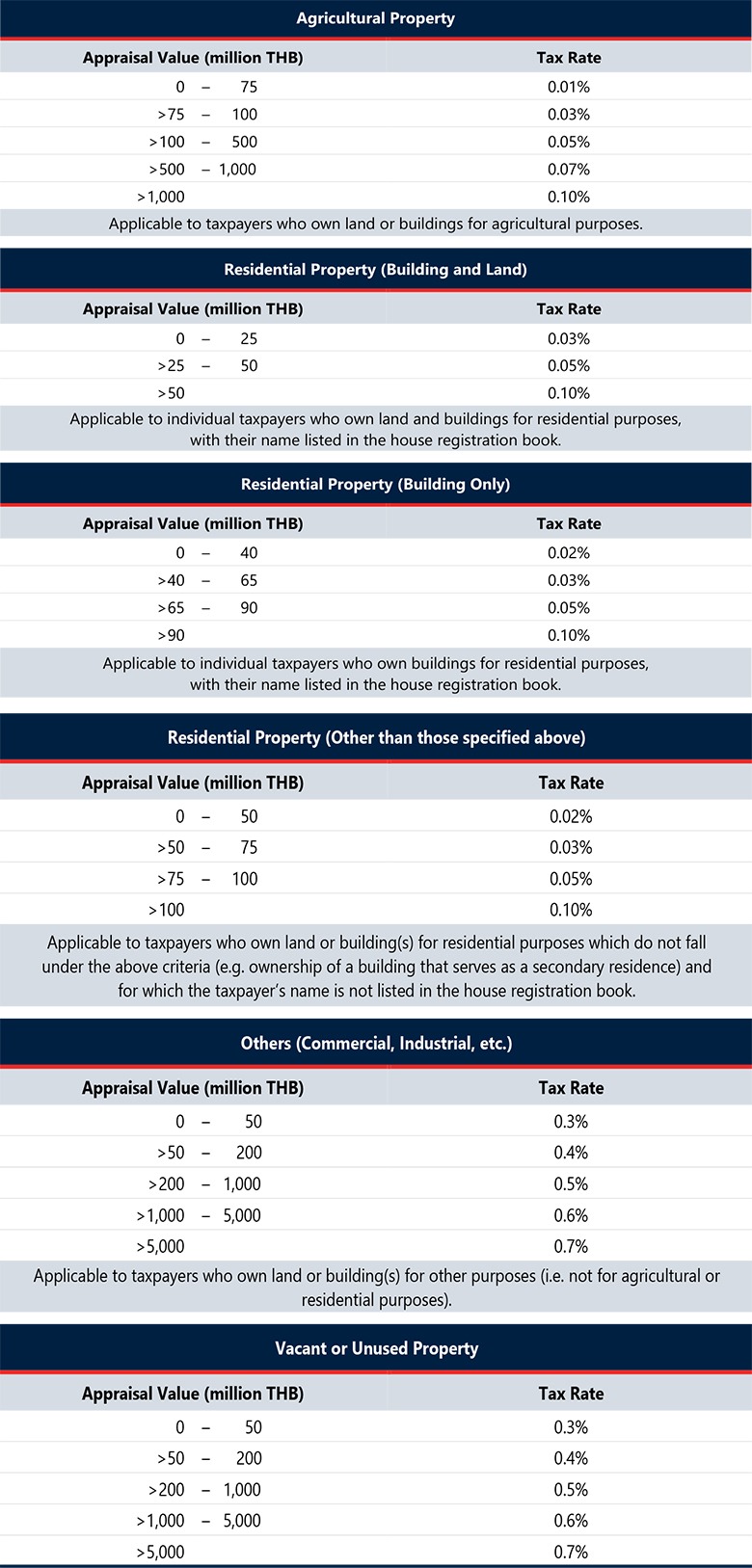On August 25, 2023, Thailand’s Ministry of Interior issued the Ministerial Regulation Prescribing the Types of Hotels and the Criteria for Hotel Business Operation No. 2 B.E. 2566 (2023), which amends the threshold for hotel license exemption and hotel business operation requirements specified in the similarly named ministerial regulation from 2008. The ministerial regulation, issued by virtue of the Hotel Act B.E. 2547 (2004), adjusts the hotel type classifications and introduces new compliance requirements for other types of structures that can be used as hotels (e.g., rafts, tents, or containers). The 2023 ministerial regulation was announced and published in the Government Gazette on August 30, 2023, and will come into effect after 60 days (i.e., on October 29, 2023), amending certain provisions in the original 2008 ministerial regulation. Key changes and new requirements under the 2023 ministerial regulation are detailed below. Hotel License Exemption Threshold The 2023 ministerial regulation raises the threshold for exemption from the requirement to obtain a hotel license. Under the new rules, accommodations with up to 8 rooms accommodating no more than 30 guests (previously no more than 4 rooms and 20 guests) are not regarded as hotels under the Hotel Act, and thus, a hotel license is not required. Hotel Types The 2023 ministerial regulation also changes the definition of the types of hotel accommodations that require a hotel license under the Hotel Act. The new classifications are: Type 1: Hotels with up to 50 guest rooms only. Type 2: Hotels with more than 50 guest rooms only, or hotels with (1) guest rooms and (2) a dining room, restaurant, or kitchen. Type 3: Hotels with (1) guest rooms, (2) a dining room, restaurant, or kitchen, and (3) an entertainment venue under the law governing entertainment venues, or a conference room. Type 4: Hotels



